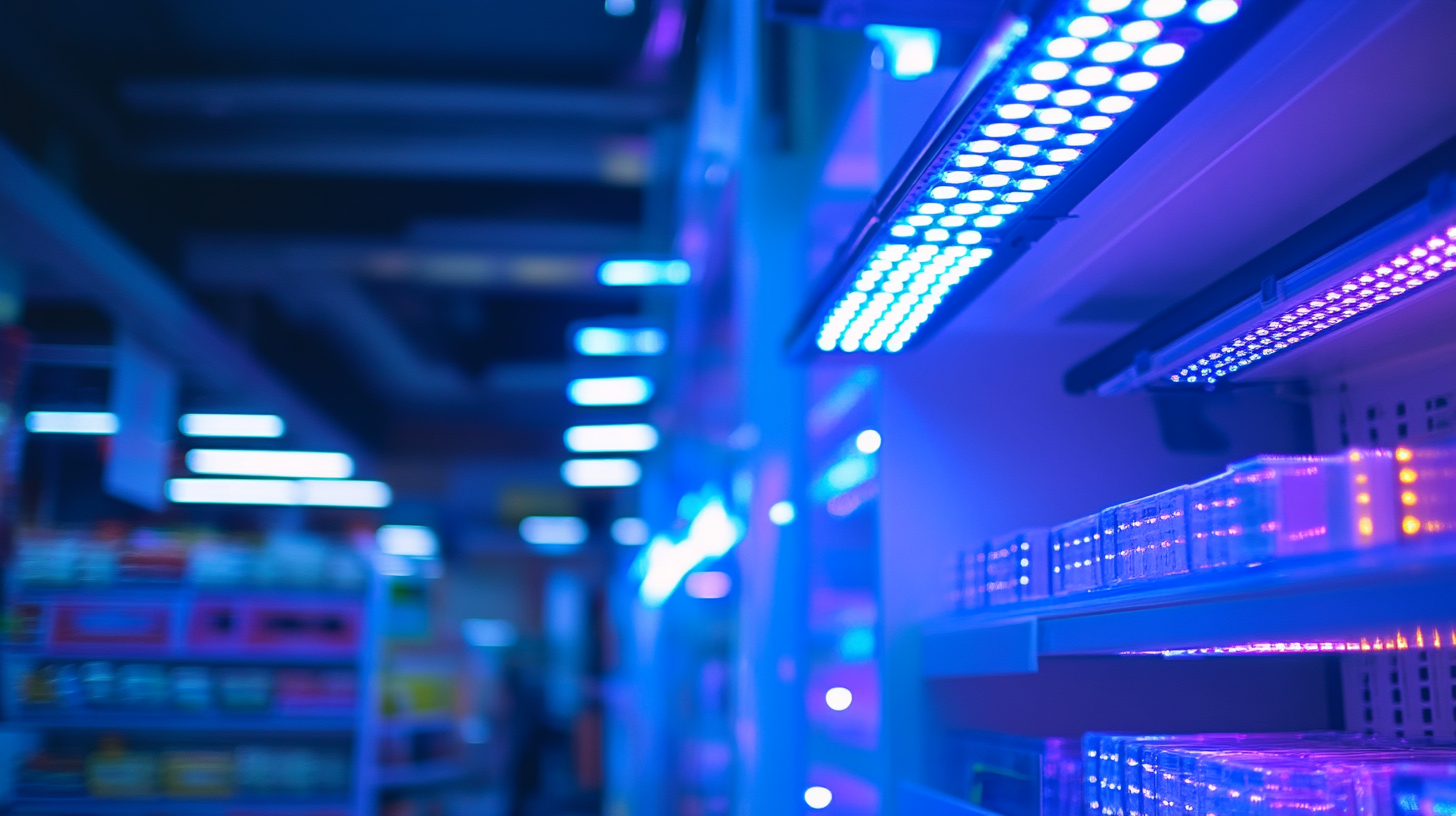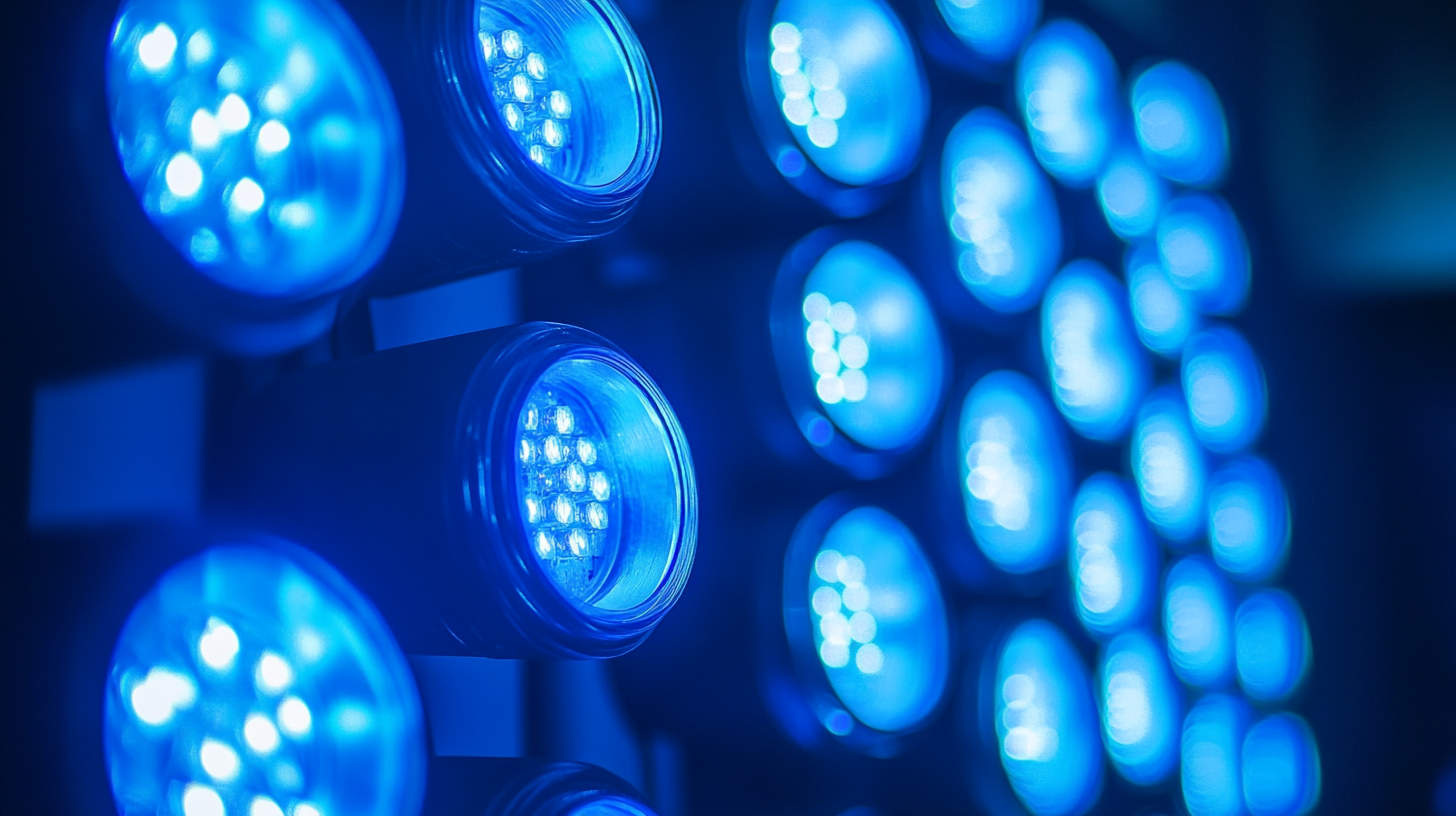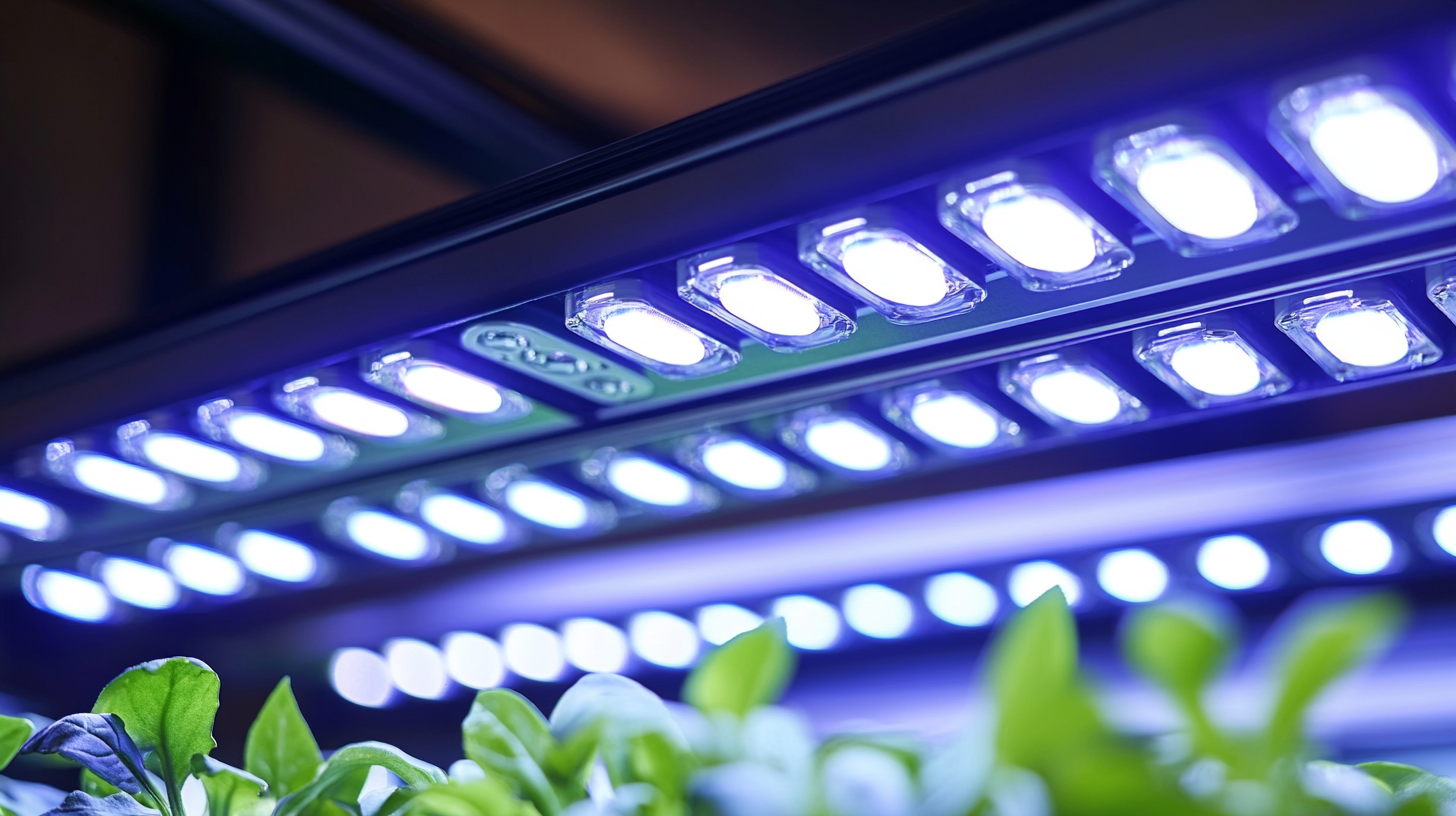Your Ultimate Resource for Sourcing Quality LED Lights: What Global Buyers Need to Know
In today's rapidly evolving market, sourcing high-quality LED lights has become essential for global buyers seeking to enhance energy efficiency and reduce costs. The demand for LED lighting continues to surge due to its numerous advantages over traditional lighting solutions, including longevity, lower energy consumption, and reduced environmental impact. This blog aims to serve as your ultimate resource, guiding you through the intricacies of LED light sourcing, including crucial factors to consider, types of products available, and reputable suppliers.
As we delve deeper into the world of LED lights, we'll explore how to navigate the complexities of the global supply chain while ensuring that you select products that meet your specific requirements. Whether you are a retailer, an architect, or a contractor, understanding the nuances of sourcing quality LED lights can significantly impact your project's success. Join us as we uncover tips and strategies to equip you with the knowledge needed to make informed purchasing decisions in the competitive landscape of LED lighting.

Understanding LED Lighting: Key Features and Benefits for Global Buyers
As global buyers navigate the complex landscape of LED lighting, understanding the key features and benefits becomes essential. LED lights have revolutionized the lighting industry, offering unparalleled energy efficiency and longevity compared to traditional incandescent and fluorescent options. According to a report by the U.S. Department of Energy, LED lighting can achieve energy savings of up to 75% compared to incandescent sources, which not only lowers electricity bills but also reduces carbon footprints significantly. Beyond energy efficiency, LED lighting provides superior quality and versatility. With advancements in technology, modern LEDs can produce a wide range of color temperatures, allowing for tailored lighting solutions that enhance ambiance and productivity. The Lighting Research Center notes that LED lights also offer better color rendering capabilities, with a Color Rendering Index (CRI) of over 90, ensuring that colors appear vibrant and true to life. This is particularly beneficial in retail spaces and art galleries, where accurate color representation is crucial. Another critical factor for global buyers is the long lifespan of LED fixtures. Research indicates that high-quality LEDs can last up to 50,000 hours or more, drastically reducing the need for frequent replacements and maintenance. This longevity translates into lower lifetime costs and less waste, making LEDs not just an environmentally friendly choice but also an economically smart one. As the market for LED lighting continues to expand, understanding these features will empower buyers to make informed decisions that align with their sustainability goals and operational needs.

Identifying Reliable Suppliers: How to Evaluate LED Light Manufacturers
When sourcing quality LED lights, the importance of identifying reliable suppliers cannot be overstated. As the market expands, the number of manufacturers has also surged, making it vital for buyers to evaluate potential suppliers carefully. One of the first steps in assessing a manufacturer is to review their certifications and compliance with international standards. Look for certifications such as ISO 9001 for quality management and RoHS for restriction of hazardous substances, which can indicate a commitment to quality and safety.
In addition to certifications, examining a manufacturer's production capabilities is essential. This includes understanding their technology, machinery, and workforce expertise. A factory tour can provide valuable insights into the manufacturing process and quality control measures in place. Furthermore, don't hesitate to ask for product samples. Testing these samples can ensure that the products meet your specifications and performance expectations.
Another crucial aspect of evaluating LED light manufacturers is their reputation in the industry. Researching customer reviews, testimonials, and case studies can provide a clearer picture of their reliability and service levels. A strong track record with previous clients often signifies a supplier you can trust. Engaging with industry forums and attending trade shows can also help you leverage peer recommendations, setting you on the right path to secure high-quality LED lighting solutions for your needs.

Quality Control Standards: What to Look for in LED Products
In today's rapidly evolving lighting market, quality control standards are paramount for ensuring that LED products meet the high expectations of consumers and global buyers. As manufacturers transition to LED technology, adapting their quality control processes becomes essential, particularly in terms of color quality. The shift to LED lighting can significantly impact color perception, making it crucial for manufacturers to implement stringent controls to maintain consistent color outputs.
When sourcing LED lights, buyers should focus on several key quality indicators. First, verify color rendering index (CRI) ratings, which gauge how accurately colors appear under an artificial light source compared to natural light. A CRI of 90 or above is generally deemed excellent, making products with this rating preferable for environments where color accuracy is vital, such as art galleries or retail spaces.
Additionally, consider lumen maintenance, which assesses how well an LED light maintains its brightness over time. High-quality LEDs should sustain their lumen output for thousands of hours. Moreover, compatibility with smart lighting systems is a growing trend, as more consumers seek energy-efficient and versatile lighting solutions. As buyers navigate the LED lighting landscape, being vigilant about these quality control standards not only enhances their purchasing decisions but also supports the broader market shift towards sustainable and reliable lighting technologies.

Navigating Import Regulations: A Guide for Global LED Light Purchasers
When sourcing LED lights globally, understanding import regulations is crucial for a seamless purchasing experience. Each country has specific standards and compliance requirements that must be met to ensure the safety and efficacy of lighting products. Buyers should familiarize themselves with these regulations, as non-compliance can lead to delays, fines, or even the rejection of shipments. This includes ensuring that the LED lights meet energy efficiency guidelines, safety certifications, and labeling requirements that may vary from one market to another.
Furthermore, navigating import tariffs and duties can significantly affect the overall cost of procurement. Buyers should research the tariff classifications for LED products in their target countries, as well as any existing trade agreements that could potentially lower costs. Knowledge of these financial implications allows global purchasers to make informed decisions, preventing unexpected budget overruns. Engaging with local customs brokers or trade consultants can also facilitate a smoother import process, ensuring all documentation is correctly prepared and submitted.
Lastly, staying updated on evolving regulations is essential. As sustainability and energy efficiency standards continue to advance, regulations may change, influencing product specifications and compliance processes. Buyers are encouraged to join industry associations or subscribe to regulatory updates to keep abreast of new developments, ensuring that their sourcing strategies remain effective and compliant in a rapidly evolving marketplace.
Effective Negotiation Strategies: Securing the Best Deals on LED Lighting
Negotiating effectively is key to securing the best deals when sourcing quality LED lights, especially in a global marketplace. As buyers engage with suppliers, particularly in emerging markets like Japan, understanding the strategic landscape of trade agreements can provide a significant advantage. The UK's approach to negotiating a bilateral trade agreement with Japan exemplifies how strategic frameworks can enhance buyer-supplier relationships. This agreement not only aims to eliminate tariffs but also fosters trust and cooperation, essential elements in any successful negotiation.
Establishing strong buyer-supplier relationships requires ongoing communication and mutual respect. Effective negotiation strategies include preparing extensively by researching market conditions, knowing your supplier's weaknesses and strengths, and remaining open to creative solutions. Buyers should also be aware of cultural nuances that can affect communication styles and negotiation tactics, particularly when dealing with Japanese suppliers. The emphasis on building long-term partnerships rather than merely transactional relationships enhances collaboration and can lead to better pricing and service terms.
Moreover, leveraging data and insights from prior negotiations can strengthen one’s bargaining position. Adopting a holistic approach that integrates negotiation strategies with an understanding of trade agreements allows buyers to not only secure favorable terms but also to sustain relationships over time. This fosters a win-win situation, where both buyers and suppliers can thrive in the competitive LED lighting market. By implementing these strategies, global buyers can maximize their sourcing outcomes and build resilient partnerships.

